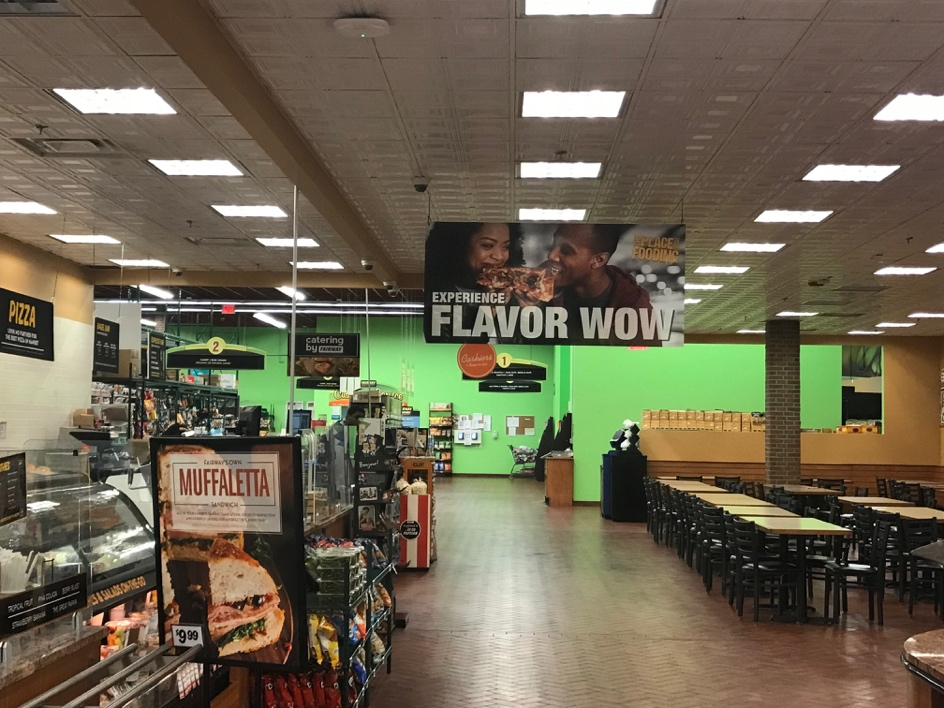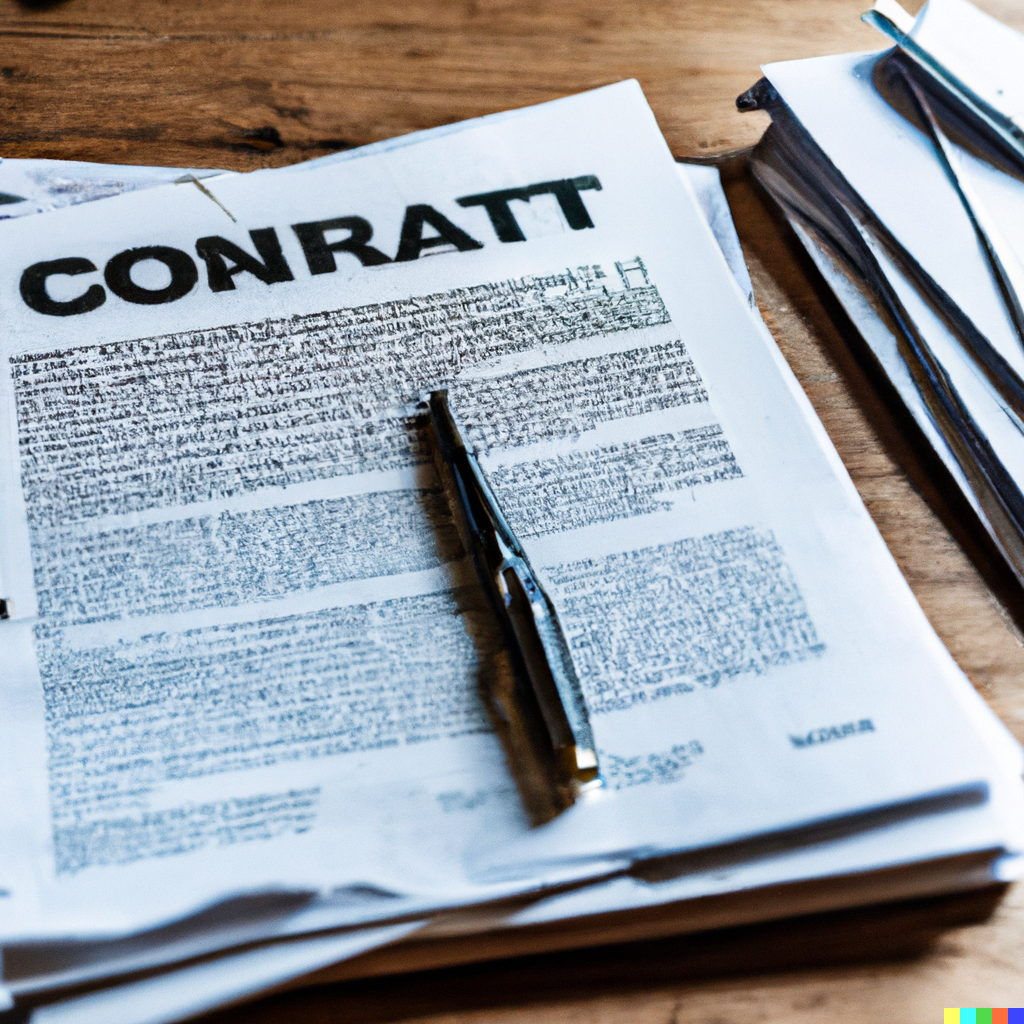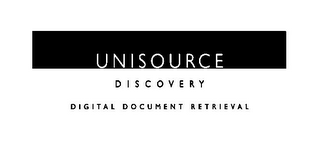The Federal Circuit issued two companion decisions involving the same patent license arrangement, one that affected at least three district court decisions. Uniloc USA, Inc., Uniloc Luxembourg S.A., and Uniloc 2017 LLC, which I’ll just refer to as “Uniloc,” sued Apple, Motorola Mobility and Google for patent infringement. However, Uniloc had received funding from Fortress Credit Co. LLC and as part of the funding agreement Uniloc gave Fortress a patent license:
Subject to the terms and conditions herein and in the Purchase Agreement, Licensor hereby grants to Licensee a non-exclusive, transferrable, sub-licensable, divisible, irrevocable, fully paid-up, royalty-free, and worldwide license to the Licensed Patents, including, but not limited to, the rights to make, have made, market, use, sell, offer for sale, import, export and distribute the inventions disclosed in the Licensed Patents and otherwise exploit the Licensed Patents in any lawful manner in Licensee’s sole and absolute discretion solely for the benefit of the Secured Parties (“Patent License”), provided that Licensee shall only use the Patent License following an Event of Default.
Uniloc defaulted, although Fortress never claimed default and never exercised the license.
The district court in the Apple case (Alsup, J.) held that, because of the default, Uniloc did not have standing for a patent infringement claim. As described by the Court of Appeals:
The district court held that the Unilocs lacked standing to sue for infringement because Fortress had the theoretical right to sublicense the asserted patent to the alleged infringer, and the Unilocs, as a result, lacked the exclusionary right necessary to confer standing.
Motorola Mobility and Google argued in their respective cases that the Apple decision collaterally estopped Uniloc from claiming that it had standing. The Federal Circuit agreed, and none of Uniloc’s theories why they shouldn’t be estopped—collateral estoppel wasn’t timely raised; Motorola Mobility waived the argument by characterizing the Apple decision as “not binding on this Court”; and Uniloc didn’t have an incentive to litigate the Apple judgment because it had a settlement opportunity with Apple—didn’t stick. The Motorola Mobility case was dismissed altogether but the Google case was not, to be discussed in a moment.
Here’s the thing—the decision in the Apple lawsuit about Uniloc’s standing was just wrong. The appeals court decision, written by Judge Dyk, extended some grace to the district court:
We recognize there is considerable force to Uniloc’s argument that, even if Fortress had been granted a license and an unfettered right to sublicense, Uniloc would have Article III standing. Patent owners and licensees do not have identical patent rights, and patent owners arguably do not lack standing simply because they granted a license that gave another party the right to sublicense the patent to an alleged infringer. But, we need not resolve the question of whether a patent owner who granted a right to sublicense lacks standing here.
But Judge Lourie, in “additional views,” wanted to make sure that there was no doubt about it:
I join the opinion of the court in all respects, except that I believe the paragraph at page 8, lines 11–23, beginning “[w]e recognize there is considerable force to Uniloc’s argument that, even if Fortress had been granted a license and an unfettered right to sublicense, Uniloc would have Article III standing,” is a regrettable understatement. In my view, there is more than considerable force to the argument; it is clear that Uniloc still had the right to sue unlicensed infringers after it granted the license.
We normally do not opine on issues that are not necessary to decide a case, and our panel soundly affirms the district court on the ground of estoppel. But here, I believe the district court so misconstrued the license issue that something further needs to be said about it.
The district court, respectfully, incorrectly dealt with this issue as one of determining what is an exclusive license, citing cases on whether an exclusive licensee alone has standing to sue without joining the owner of a patent. That is not the case before us. …
The grant of a non-exclusive license with the right to sublicense, as here, gives the licensee the right to sublicense others. But the patentee still retains the right to sue unlicensed infringers. A non-exclusive license only grants a licensee freedom from suit; it does not divest the licensor of its right to sue or license other parties, or to practice the patent itself. See 14B Chisum on Patents 6240 (2022) (“A license may amount to no more than a covenant by the patentee not to sue the licensee for making, using or selling the patented invention, the patentee reserving the right to grant others the same right.”) …
It is true that the licensee could preempt such a suit by granting a sublicense, immunizing the purported infringer. But that is a far cry from holding that the patent owner, simply by having granted a non-exclusive license with the right to sublicense, loses the power to sue an unlicensed infringer.
Thus, while agreeing in full that Uniloc loses its appeal by being estopped from suing Motorola because it settled its suit with Apple rather than appealing it, it is not because it lost the power to sue by granting Fortress a non-exclusive license with the right to sublicense.
But one sentence was all it took to dispose of Uniloc’s argument that the wrongness was a reason not to find there was collateral estoppel:
[T]o the extent Uniloc argues that collateral estoppel should not apply because the decision in the Apple case is incorrect, this is simply not a proper basis to deny collateral estoppel. Generally, collateral estoppel cannot be denied because the decision was incorrect. See 18A Wright & Miller § 4465.2, at 750–51 (“[P]reclusion cannot be defeated simply by arguing that the prior judgment was wrong.”).
However, Google was sued after Uniloc and Fortress entered into a Termination Agreement, terminating the problematic patent license Uniloc had granted. Google argued that the Termination Agreement didn’t terminate the license to Fortress because the license was irrevocable. The court of appeals shot that down quickly:
On its face the License Agreement describes the license as “irrevocable.” But this does not suggest the license is irrevocable by mutual agreement. The term “irrevocable” in its context clearly refers to the license’s being “irrevocable” by the licensor.
Under the relevant case law, the term “irrevocable” does not suggest that the license could not be eliminated by mutual agreement. Cases construing the term “irrevocable” agree that the term means only that the irrevocable thing cannot be unilaterally revoked by the party that granted the benefit. See In re Zimmerman (Cohen), 236 N.Y. 15, 139 N.E. 764, 766 (1923) (“The word ‘irrevocable,’ here used, means that the contract to arbitrate cannot be revoked at the will of one party to it …. It does not mean that the agreement to arbitrate is irrevocable by the mutual agreement or consent of the parties.”); Silverstein v. United Cerebral Palsy Ass’n, 17 A.D.2d 160, 232 N.Y.S.2d 968, 970-71 (1962) (“[L]ike any contract, the irrevocable offer may only be modified, released or rescinded by agreement of the parties. It cannot be unilaterally withdrawn, revoked or rescinded by the offeror.” (citations omitted)); Barclays Bank D.C.O. v. Mercantile Nat’l Bank, 481 F.2d 1224, 1238 (5th Cir. 1973) (noting that the grantor of an irrevocable letter of credit “could not modify the irrevocable credit without [the grantee’s] consent”); In re Huntington, ADV 11-4015, 2013 WL 6098405, at 8 (B.A.P. 9th Cir. Oct. 29, 2013) (noting that an irrevocable assignment cannot be revoked by one party, but can be revoked by mutual consent of all parties); *Carbonneau v. Lague, Inc., 134 Vt. 175, 352 A.2d 694, 696 (1976) (concluding that an irrevocable license was terminated by a voluntary agreement between all parties).
Google even conceded that its theory didn’t fly but floated some other arguments, none of which worked either. It claimed that the survival clause in the original patent license, which said that “[a]ny rights … which by their nature survive and continue after any expiration or termination of this Agreement will survive and continue and will bind the Parties …” meant the license survived. This was a no-go; while acknowledging that there might be some cases where a license grant might survive, this wasn’t one of them. Granted sublicenses also survived termination of the license agreement, but this exception showed that not all licenses did survive. Google has to litigate the patent suit.
Perhaps Uniloc could have avoided this outcome by asking that the decision in the Apple case be vacated, but it did not. Collateral estoppel, for a wrong decision, still shut down their case.
Uniloc USA, Inc. v. Motorola Mobility, No. 2021-1555, 2012-1795 (Fed. Cir. Nov. 4, 2022)
Uniloc 2017 LLC v. Google LLC, No. 2021-1498, and a bunch more (Fed. Cir. Nov. 4, 2022)
Uniloc USA, Inc. v. Apple, Inc., No. C 18-00358 WHA (N.D. Cal. Dec. 4, 2020)

This work is licensed under a Creative Commons Attribution-NoDerivatives 4.0 International License.



